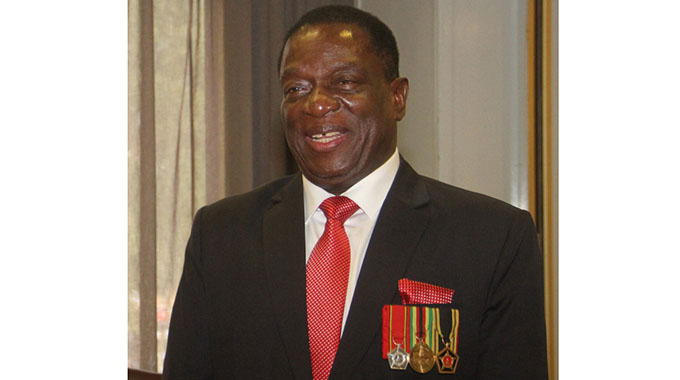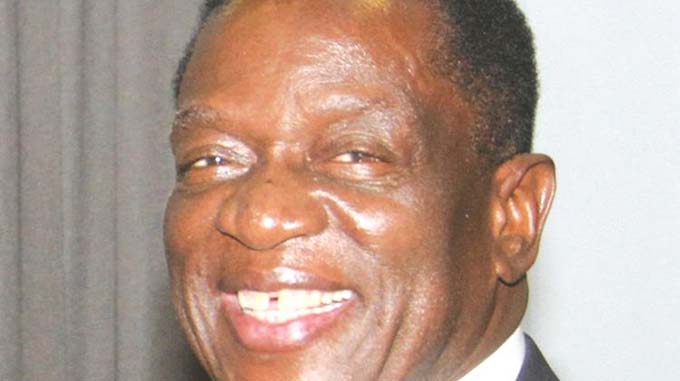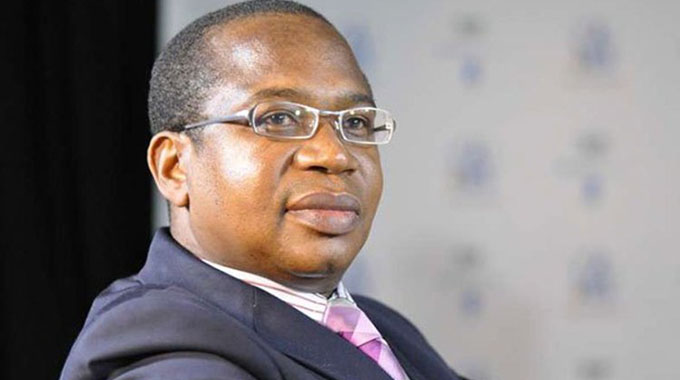Demystifying economic devolution – from ‘Looking East’ to ‘Being East’

Takunda Maodza News Editor
FROM the day he became President, taking over from Mr Robert Mugabe, President Mnangagwa’s economic doctrine has largely hinged on the Chinese model.
Under Deng Xiaoping, China rose from the abyss of poverty to the global summit.
This feat is attributable to radical economic policies pursued and adopted by the Asian country, including opening up to investment. Today the Chinese economy is the second largest globally.
Beijing’s journey to the top naturally is a vital economic Bible for developing countries like Zimbabwe aspiring for the same.
Why reinvent the wheel? The obvious advantage of pursuing a path long walked by others is the ability to avoid pitfalls they suffered along the way and making adjustments where fit.
Never mind the anti-Sino-Africa relations sentiments emanating from Western capitals. The West has tried to create a notion that China, which has not colonised anyone in its history, is colonising Africa through seductive loans fully cognisant of the lack of capacity to repay by beneficiaries.
Proponents of such discourse allege China grabs African assets to recoup its loans once a beneficiary has defaulted.
The panic in the Western world over the African-Chinese intercourse suggests one thing – a realisation by the same that it blundered in failing to knit its relations with Africa on a win-win basis.
The consequences of the “big brother” mentality have since turned into an economic cost. The Chinese are making indelible economic footprints in Africa – not only from an economic perspective, but also from a governance viewpoint as well with countries like Zimbabwe now structuring their economies after the Chinese model.
Devolution or decentralisation is one such a case in point. Devolution has been a subject on President Mnangagwa’s lips for some time now.
He talked devolution during campaigns for the July 30 harmonised elections and his opponents dismissed him as politicking to earn votes from regions lagging behind economically.
For many years, Zimbabweans have yearned for political devolution – largely a cry for equal share of political positions as if the nation feeds on politics.
That era is dead.
President Mnangagwa is talking economic devolution. He is following the Chinese economic model step by step as if he has consumed a paper by Chenggang Xu on “Chinese Reform and Chinese Decentralisation” published 12 years ago. Changgang attributes China’s economic miracle to a reform strategy underpinned by what he terms “regional decentralisation”.
Many are probably wondering what kind of structural strategy this is? At the top of this hierarchy is a central government and below it are provincial structures. Those put in charge of provinces have a big task of ensuring massive economic activity in their regions and have the advantage of being in-situ and know, like the back of their hand, the natural resources in the provinces ready for exploitation.
This, Changgang outlines so graphically. Under the supervision of central government, Changgang notes, regional governments – in our case provinces – initiate development, implement and action strategies in line with the demands and availability of resources in their areas of influence.
For China, this process took close to 30 years to realise results and this is understandable as they were the pioneers of such reforms, but get me right, if efficiently implemented in our case – Zimbabwe requires a third of such time to register historic economic turnaround.
This probably explains why President Mnangagwa’s economic vision is premised on delivering a middle-income economy by 2030. The Chinese economic decentralisation reforms process saw that country’s Gross Domestic Product increasing eightfold and turning one of the world’s then poorest economies into the second largest today.
In the Chinese model, which Zimbabwe is evidently and rightfully so pursuing, regional governments (provinces) are major vehicles of economic development.
How? According to Changgang, the provinces drive economic development or influence it, and at times resist inappropriate reforms in areas under their jurisdiction. They control the land, firms, financial resources and raw materials, but central government remains with a say in shaping the nation.
For example, the setting up of regional governments is a duty of central government. In China, it is done in a manner that incentivises performance by the appointees.
In fact, Changgang notes that in the Chinese model, appointment and promotion of officials in regional governments serve as an instrument by central government to induce regional officials to follow policies of the centre.
With this model, economic governance is delegated to regional governments and the regional economies are self-contained.
They provide all the essentials in the regions. It is no longer the responsibility of central Government, to for example, build a bridge, clinic or school in remote Kanyemba in Mashonaland Central or a dip tank in Garanyemba Ntepe-Guyo in Matabeleland South.
The Chinese devolution model delegates even the handling of investors – be they foreign or local – to the regional governments, doing away with red tape (bureaucracy) characteristic of the centralisation model. Localisation of economics!
And to encourage performance by those in charge of the regions, the Chinese reward with promotion into central Government those individuals in the regions who excel. In other words, you do not get promoted if you are not a performer, instead you risk the boot.
No rewards for bad performers and this maxim must apply in our situation. The era when officials had guaranteed positions in Government even when it was clear they were deadwood must be confined to the First Republic as history.
In fact, in the First Republic Ministers of State for Provincial Affairs were full time party activists who had no iota of economics – talk of Mandiitawepi of the “dhakisi” infamy.
“When a region has a higher growth rate than others, the head of that region enjoys greater power and is more likely to get promotion” – notes Changgang.
So the devolution model carries with it many merits if executed with the precision of a caesarean. The fact that economic decisions are made by a person or persons on the ground speaks to efficiency and timely execution.
By its nature, devolution trims bureaucracy. Devolution, in Changgang’s words, is a “stylised multi-regional governance form in which every region is self-contained”.
This is what the nation expects from the Provincial Ministers of State, who took oath of office before President Mnangagwa last week.
Theirs is an easy duty – identifying economic opportunities in areas under their jurisdiction. For one in charge of Manicaland, for example, the list is endless – there are untapped opportunities in tourism, tea, beans, forestry, sugar cane, gold and diamond mining and so forth.
Organised exploitation of such sparks regional and by extension national economic prosperity.
This is the Chinese way and during a visit to Guangdong Province sometime in 2016, the governor of that region told our delegation their Gross Domestic Product stood at over US$300 billion.
A province with such GDP speaks volumes of the extent the Chinese have embraced devolution to realise what some term “bizarre” economic prosperity.
The provincial ministers must, therefore, hit the ground running for the time to work is now! Economy, economy, and economy, everything else is secondary.









Comments